Ca’ Pesaro, the Venice Gallery of Modern Art
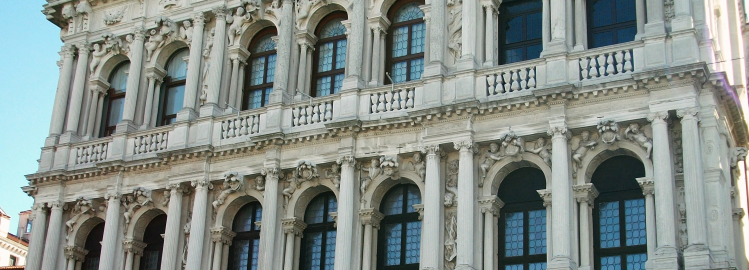
Ca’ Pesaro is one of the most impressive Venetian palaces.
The building, once the residence of a noble family, overlooks the Grand Canal and hardly goes unnoticed.
The palace of Ca’ Pesaro is now the seat of the Galleria Internazionale d’Arte Moderna, but in ancient times it belonged to the important Pesaro family, who donated doges, generals and procurators to the Serenissima. This was a very rich and powerful family, who owned other palaces in the city besides this one, but with this building they expressed all their ambitions.
Ca’ Pesaro, the Venice Gallery of Modern Art
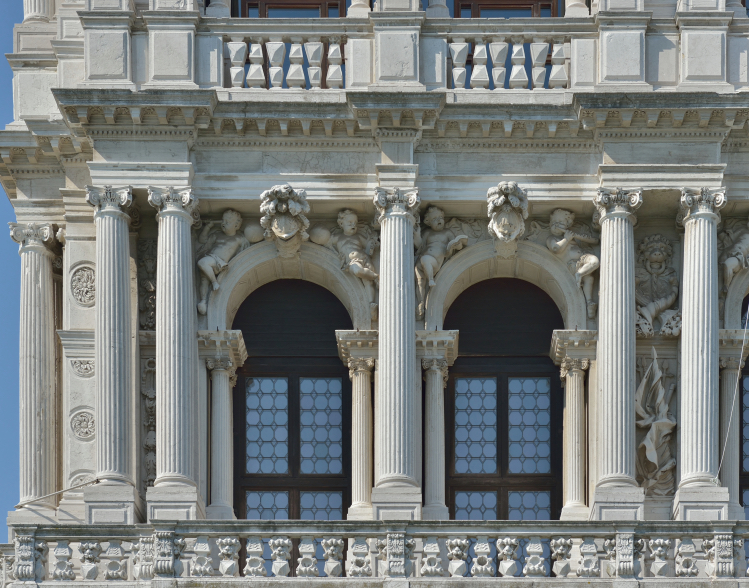
The construction of Ca’Pesaro began in 1659, but it dates back to a century earlier (in 1558), when the Pesaro family purchased three properties that were converted into residences, seats of representation and where they displayed their wealth and works of art.
THE CONSTRUCTION OF CA’ PESARO
The design of the Ca’Pesaro building was entrusted to the architect Baldassarre Longhena, who was the most important architect of Venetian Baroque (Ca’ Rezzonico and the Salute Church are also his) and who certainly had a strong connection with the family, since he is the author of the funeral monument to Doge Giovanni Pesaro (in the Frari Church).
The plan is to unite the family’s three properties to create a single, imposing palace.
The façade of Ca’ Pesaro, with its bas-reliefs and statues, is certainly unique among those overlooking the Grand Canal, but the diamond-pointed first-floor work also contributes to the majesty of the building.
However, the interiors are equally sumptuous and the huge hallway and grand halls cannot help but make us think that the Pesaro family wanted to impress anyone who crossed the threshold of their most important residence.
THE DECORATIONS OF CA’ PESARO
As for the decorations, however, not much remains of the original building, except for a few portions of frescoes, but we know from archive documents that artists such as Giorgione, Titian and Tintoretto worked there.
One of the ceilings was painted by Tiepolo and in 1935 it was transferred to Ca’ Rezzonico where the wonderful depiction of ‘Zefiro e Flora’ can still be admired.
Most of the masterpieces that the Palazzo contained were already dispersed when the last descendant of the family died in 1830, even though he sold many of the family possessions at auction during his lifetime.
FROM HOME TO MUSEUM: THE TRANSFORMATION OF CA’ PESARO
After a series of changes of ownership, the Venice City Council took possession of the palace in 1899 thanks to the testamentary bequest of Duchess Felicita Bevilacqua La Masa, who wished to transform Ca’ Pesaro into a modern art gallery.
From this moment on, Ca’ Pesaro’s new life as a museum venue began.
Its halls house the municipal collection of modern art, which the city of Venice began to create in 1897, at the same time as the second edition of the Venice Biennale, and which did not yet have its own venue.
In addition, the top floor of the building houses the spectacular Museum of Oriental Art in Venice.
Between the beginning of the 20th century and until the end of the 1920s, Ca’Pesaro became a point of reference for young Italian artists, who had the opportunity to exhibit their works here and to compete with the great masters of the Academies and the Biennale.
The protagonists of this season full of stimuli and experimentation were artists such as Felice Casorati, Umberto Boccioni and Arturo Martini.
It houses truly important works by artists such as Klimt, Chagall, Kandinsky and Rodin to name but a few.
Ca’ Pesaro is one of the museums you absolutely must visit if you visit Venice.
WORKS TO BE SEEN AT CA’ PESARO
Ca’ Pesaro is not only a magnificent Venetian palace, worth visiting for its decorations, but is also home to the International Gallery of Modern Art, which offers a vast collection of 19th and 20th century art.
Here are some must-see works during a visit to Ca’ Pesaro.
Gustav Klimt’s Judith II, also known as Salome
Klimt’s famous painting is a masterpiece of art and was purchased by the city of Venice on the occasion of the artist’s participation in the 1910 Venice Biennale.
The painting depicts the biblical heroine who, in order to save the city of Bethulia from siege and prevent the invasion of Judea, beheads Holofernes, general of Nebuchadnezzar, king of the Assyrians. Judith is depicted at the moment when she is about to show Holofernes’ head.
She is a modern, sensual woman, dressed in garments rich in arabesques and geometric decorations.
Sewing the Sail by Joaquìn Sorolla
The artist is one of the most important Spanish Impressionist painters, a master of Mediterranean light, which also pervades this large painting.
The work was exhibited at the 1905 Biennale and was purchased by the city of Venice to become part of the Ca’ Pesaro collection of paintings.
The painting is part of a cycle of large works that Sorolla dedicated to social and religious themes. It was the artist himself who decided that this work, like all those in that cycle, should be presented at international exhibitions.
In this painting, the artist depicts the life of the fishermen of the Grao, the port of Valencia, and in particular their wives, intent on mending a sail on a patio surrounded by plants.
The Thinker by Auguste Rodin
This is one of about twenty versions of Rodin’s work scattered around the world.
Rodin’s famous sculpture was initially exhibited in London and Paris in 1904 and was so successful that a subscription was made to make a bronze version of it and place it in front of the Pantheon in Paris, where it remained until 1922, when it was transported to the Rodin Museum.
When French sculptor Auguste Rodin participated in the Venice Biennale in 1907, he presented The Thinker and the city decided to purchase the work, which is why it is in Ca’ Pesaro today.
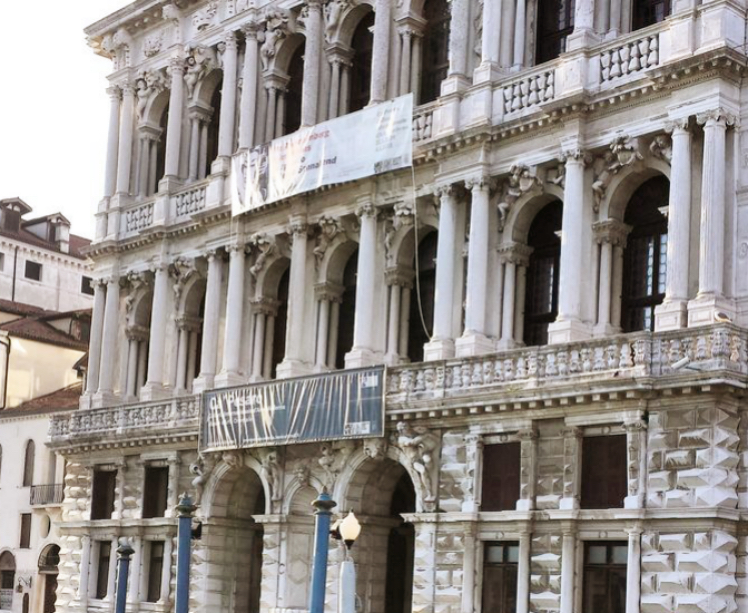
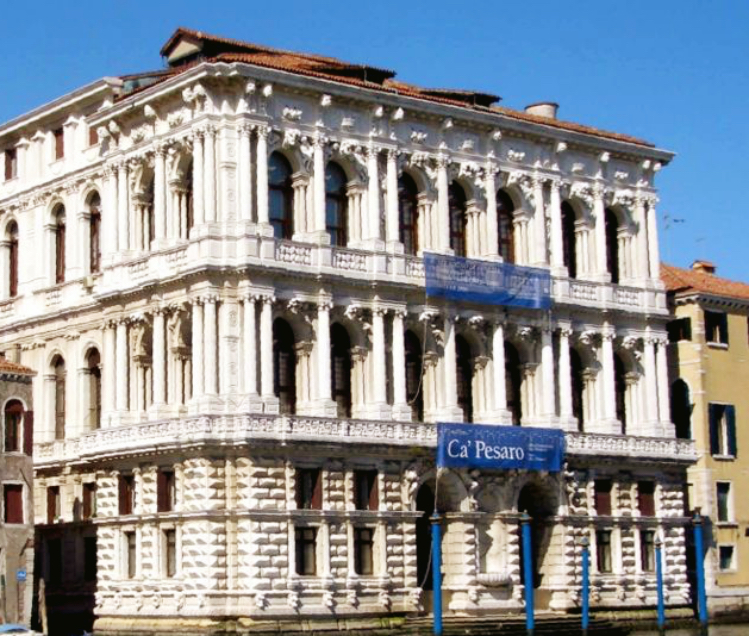
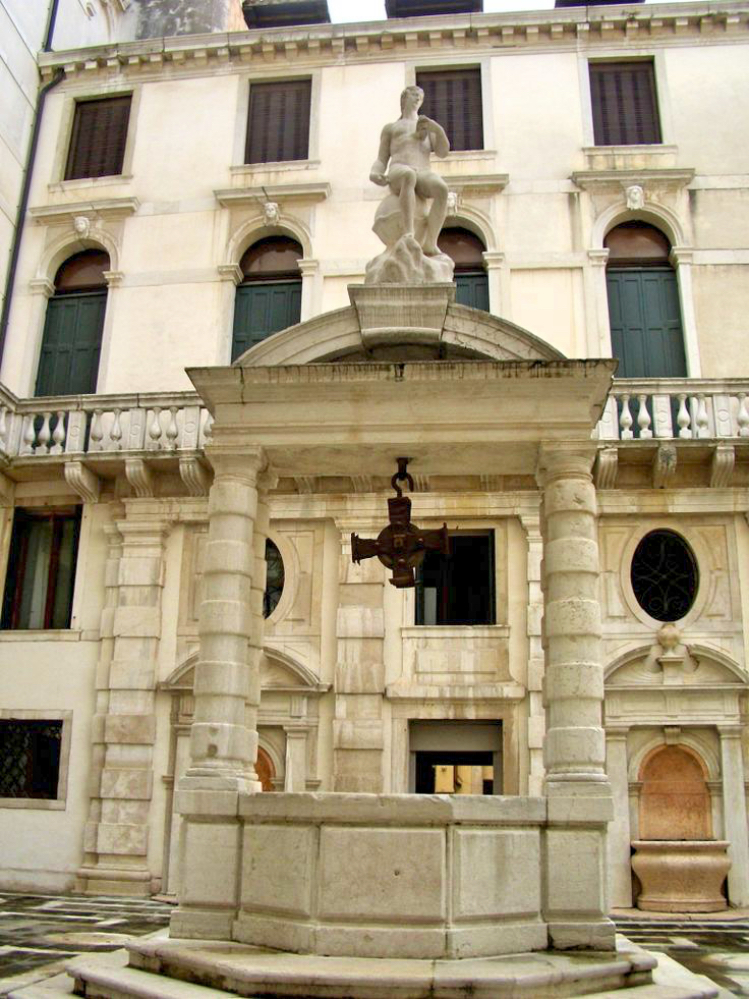
INFO
Ca’ Pesaro
Santa Croce, 2076, 30135 Venezia
Follow me on:
About me
In this blog, I don't explain the history of art — I tell the stories that art itself tells.


